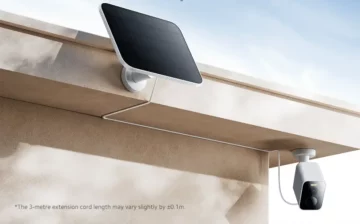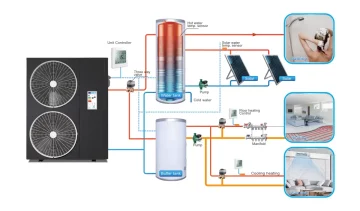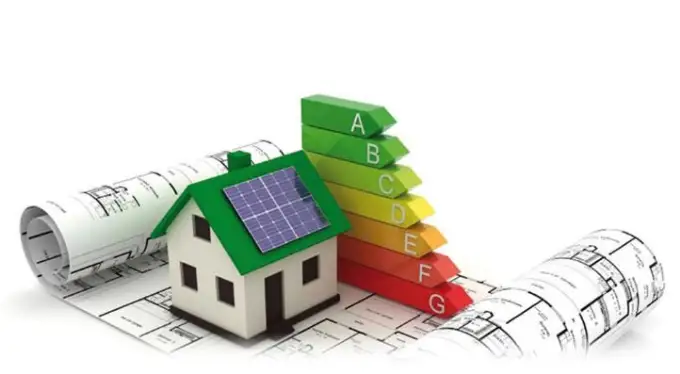Mold in the guest house: the problem, its causes and solutions
High humidity in the room leads to the deposition of water vapor on the walls, windows, furniture. Water accumulates on the floor and in the seams between building materials, mold appears in the guest house.
Most often, the fungus is found behind sewer and water pipes, in bathrooms, in the kitchen. But it can also grow on walls and ceilings. Colonies look like dirty gray, black or yellow stains, an unpleasant, persistent smell of earth, stagnant water appears in the room. This immediately affects the attractiveness of the house in the eyes of the guests: guests begin to refuse housing, the profit of the hotel complex falls. But the consequences of the appearance of the fungus in the guest house do not end there.
Consequences of mold growth
If mold has appeared in the guest house, this leads to:
- Violation of sanitary and epidemiological standards and problems with SES and other regulatory authorities: mold poses a risk to human health.
- Increased fire risks: the fungus affects the electrical wiring, a short circuit may occur, which will surely be noted by the next fire inspection.
- Deterioration of aesthetic properties: the house looks untidy, you often have to carry out cosmetic repairs, and this is an additional investment.
- Reducing the performance of the house: mold accelerates the decay of wooden beams and corrosion of metal supporting structures. With a large colony of fungus, the house may simply collapse.
Troubleshooting

To remove the fungus from the guest house, you will have to:
- Remove all furniture.
- Change the materials on which the colony grew: replace wallpaper, furniture upholstery, clean out wooden and metal structures.
- Treat all surfaces with disinfectants.
- Ventilate household items that were in the house and conduct their insolation.
But the fight against mold will not be effective if you do not eliminate the main cause of its appearance – high humidity. You can cope with it by creating forced ventilation.
The equipment must support the circulation of air currents. In this case, the air will be dried, the condensate will evaporate, and the stagnation zones will be ventilated. The guest house will not form the conditions suitable for the growth of the fungus. If in some rooms (for example, a bathroom) the level of humidity is still increased, it is recommended to additionally install autonomous dehumidifiers.
Minimizing costs in the fight against mold at the camp site
Mechanical ventilation systems work on the principle of thermal fans: they dry the air (by heating it) and then disperse it through the rooms, keeping the flows in constant motion. The only drawback of the equipment is the high power consumption during operation. Electricity consumption is growing, which affects the cost of maintaining a guest house.
You can optimize costs by replacing electrical equipment with energy-efficient devices, such as solar collectors. They renew the air in the room, warming it up, but they do not connect to the power grid and use the free energy of the sun. The desired result is achieved: the normalization of humidity and the prevention of mold, and the cost of maintaining the guest house does not increase.
Summing up
In order not to waste time and effort on fighting fungus in guest houses, it is enough to establish effective ventilation. This can be done with the help of air solar collectors – a modern alternative to conventional electrical equipment.
Mold will not appear in the guest house, and the cost of maintaining it will not increase.


